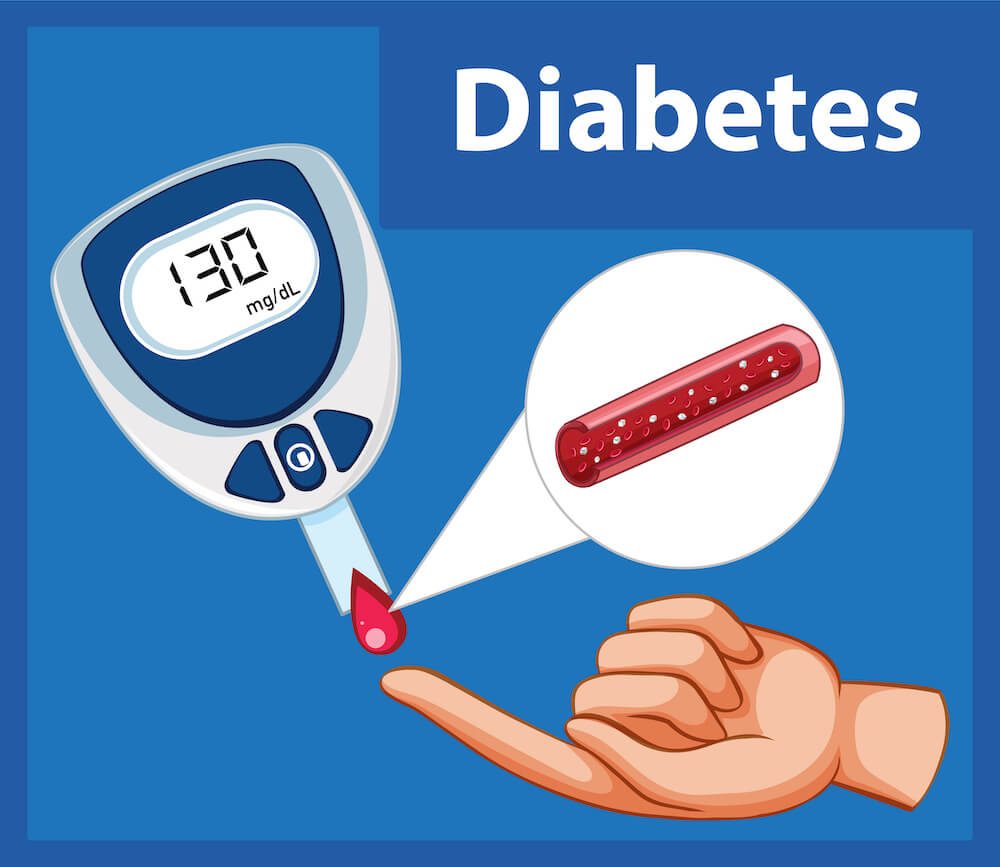Ask the Dentist: Does diabetes affect your gums and teeth?

Diabetes is a chronic health condition characterized by elevated blood sugar levels affecting millions of people worldwide.
While the impact of diabetes on organs like the heart, kidneys, and eyes is well-known, many are unaware of the significant relationship between diabetes and oral health.
Understanding this connection is crucial for both dental professionals and patients to manage and prevent potential complications.
The Bidirectional Relationship Between Diabetes and Oral Health
There are numerous research papers and studies indicating a two-way relationship between diabetes and periodontal (gum) disease.
These studies reveal that people with diabetes are more susceptible to gum disease, and conversely, severe gum disease can adversely affect blood glucose control, exacerbating diabetes.
So it can become quite devastating for your dental health and overall health if you have uncontrolled diabetes and uncontrolled gum disease.
How Does Diabetes Affect Dental Health?
- Increased Risk of Periodontal Disease: Elevated blood sugar levels can lead to a higher accumulation of sugars and starches in the mouth, leading to an increase in bacterial growth because bacteria feed on sugars and starches. This environment increases the risk of infections in the gums or teeth, including periodontal disease, which affects the gums and bone supporting the teeth. The consequences of gum disease can include bleeding and swollen gums, sore teeth and gums, sensitive teeth, wobbly teeth and teeth falling out.
- Dry Mouth (Xerostomia): Diabetes can reduce saliva production, leading to a dry mouth. What’s important to understand is that saliva is essential for protecting the teeth and gums. Saliva has lots of functions and protective mechanisms including helping swallow food, neutralizing acids that can damage the teeth, and washing away food particles. A lack of saliva and a dry mouth can result in tooth decay and gum disease.
- Delayed Healing: High blood glucose levels can impair blood circulation in the body, slowing the healing process after dental procedures or injuries. This delayed healing increases the risk of infections and complications in the gums, bone and teeth.
- Thrush (Oral Candidiasis): People with diabetes are more prone to fungal infections like thrush, characterized by white or red patches in the mouth that can cause discomfort. The reason for this is because poor blood circulation and dry mouth can both weaken the body and mouth’s immune response.

Impact of Periodontal Disease on Diabetes Management
Periodontal disease is a chronic inflammatory condition that can elevate blood sugar levels, making diabetes management more challenging.
Gum disease can’t be cured, it can only be managed and controlled. So prevention is key. Inflammation in the gums can increase insulin resistance, leading to difficulties in controlling blood glucose levels.
Preventive Measures and Management Strategies
This is why for individuals with diabetes, maintaining optimal oral health is essential and can help control their diabetes.
Here are some strategies to consider:
- Regular Dental Check-ups: Schedule dental visits at least twice a year for comprehensive dental hygiene cleans and examinations. Inform your dentist about your diabetes status so they can tailor care for you appropriately.
- Diligent Oral Hygiene: Brush your teeth at least twice daily with fluoride toothpaste and floss daily to remove plaque and prevent gum disease.
- Blood Sugar Control: Maintaining target blood glucose levels can reduce the risk of developing oral health issues. Work closely with your GP, dietician, specialist to manage your diabetes effectively.
- Healthy Diet: Limit sugary and acidic foods that can contribute to tooth decay and inflammation in the body. A balanced diet supports both oral and overall health.
- Avoid Tobacco Products: Smoking increases the risk of gum disease and can complicate diabetes management. Seek support to quit smoking and tobacco if necessary.
- Stay Hydrated: Drinking water helps alleviate dry mouth and promotes saliva production, protecting against tooth decay. Sometimes seeing a specialist may be important especially if there are medications or existing issues with your saliva glands and the production of saliva.

Conclusion
The interplay between diabetes and dental health underscores the importance of taking a holistic approach to look after your body.
Diabetes needs to be managed and controlled to prevent it affecting your dental health and you need to manage your dental health well to prevent it from affecting your diabetes.
By understanding and addressing this connection, individuals with diabetes can take proactive steps to maintain both their dental and overall health.
Regular dental visits, effective oral hygiene practices, making healthy dietary choices and diligent diabetes management are key components in preventing complications and ensuring a healthy smile.
The end game is to help you to have less dental problems, keep your teeth for longer and enjoy life to its fullest.
References:
- National Institute of Dental and Craniofacial Research. “Diabetes & Oral Health.” https://www.nidcr.nih.gov/health-info/diabetes
- American Dental Association. “Diabetes and Oral Health.” https://www.mouthhealthy.org/all-topics-a-z/diabetes
- Taylor, G. W., & Borgnakke, W. S. (2008). “Periodontal disease: associations with diabetes, glycemic control and complications.” Oral Diseases, 14(3), 191-203. https://doi.org/10.1111/j.1601-0825.2008.01442.x
- Preshaw, P. M., Alba, A. L., Herrera, D., Jepsen, S., Konstantinidis, A., Makrilakis, K., & Taylor, R. (2012). “Periodontitis and diabetes: a two-way relationship.” Diabetologia, 55(1), 21-31. https://doi.org/10.1007/s00125-011-2342-y
- Lamster, I. B., & Lalla, E. (2012). “Periodontal disease and diabetes mellitus: discussion, conclusions, and recommendations.” Annals of Periodontology, 6(1), 146-149. https://doi.org/10.1902/annals.2001.6.1.146
